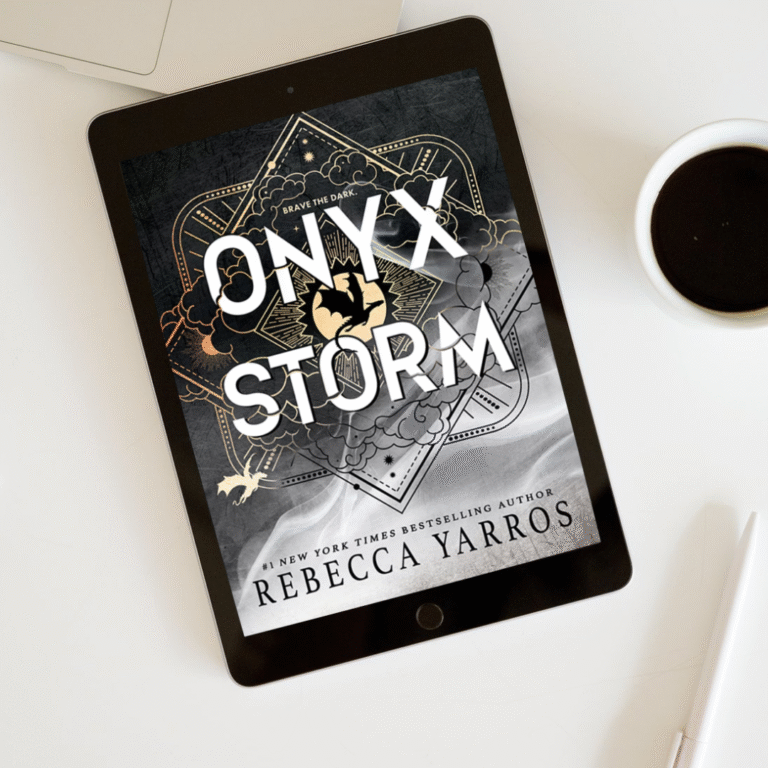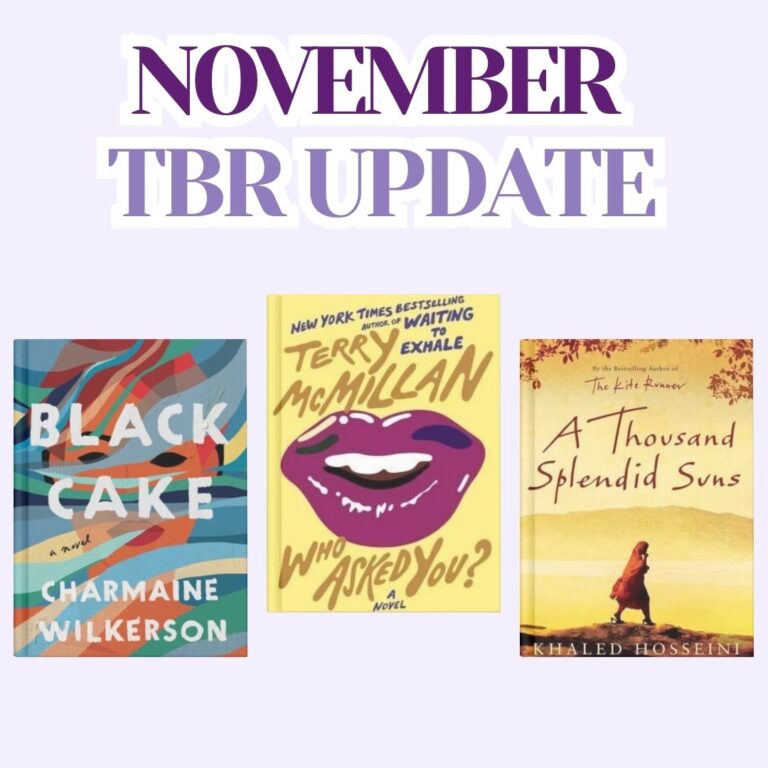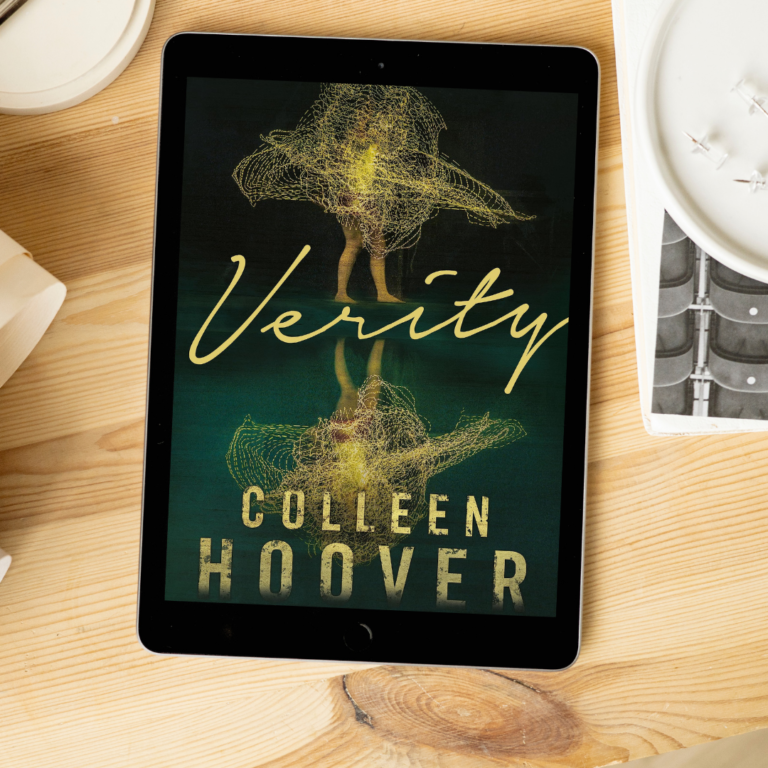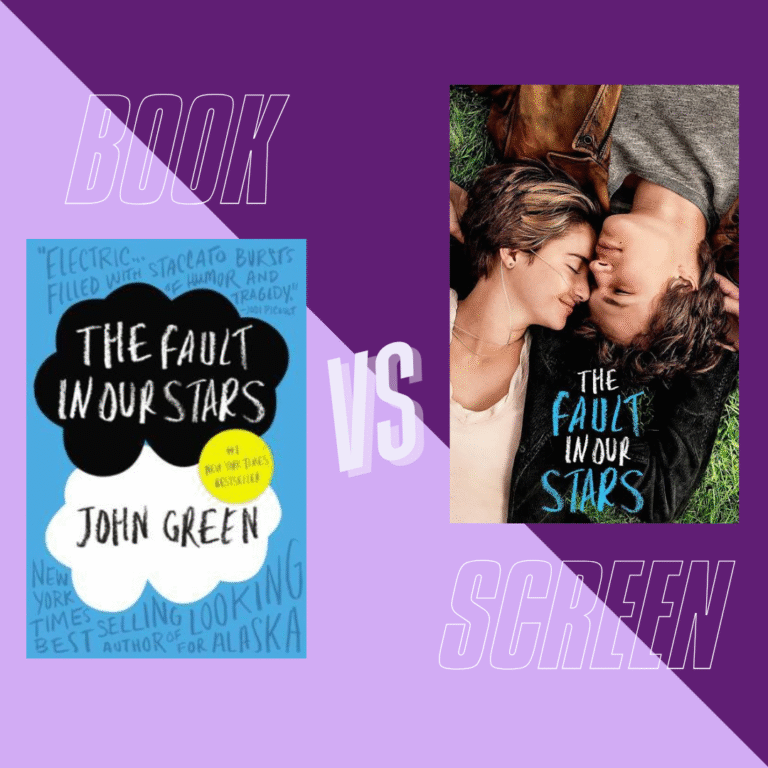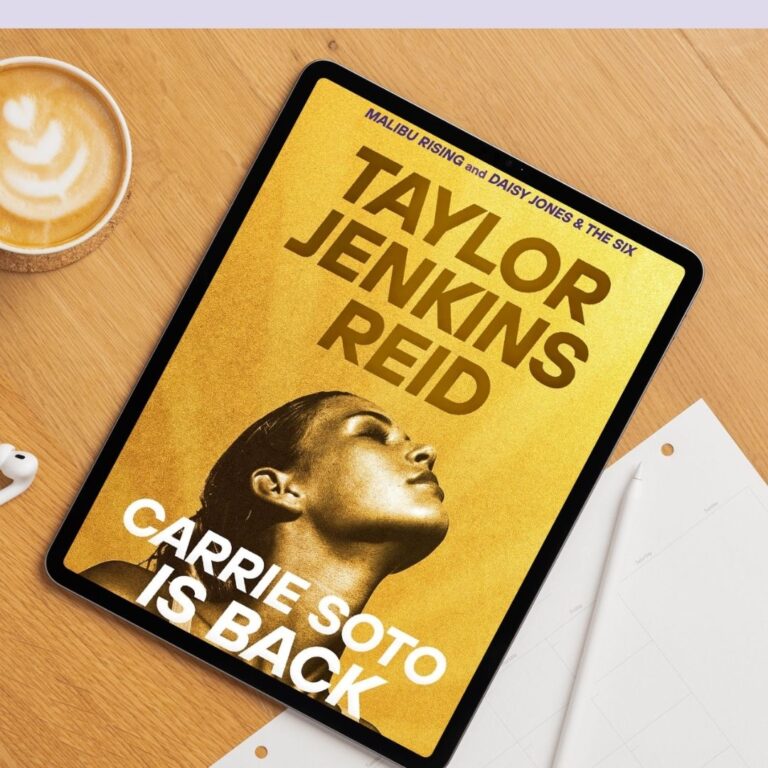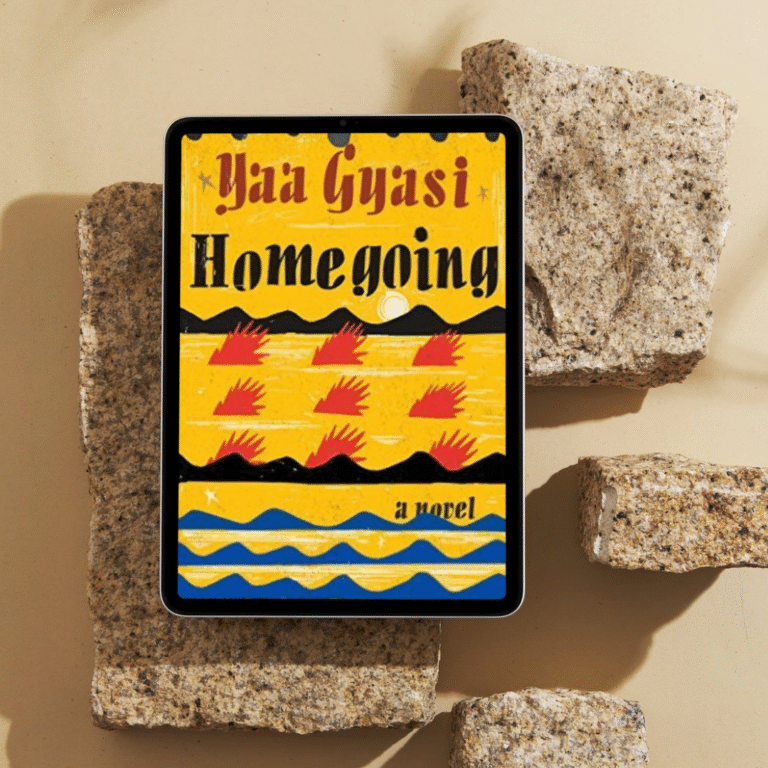To All the Boys I’ve Loved Before by Jenny Han
Book Published: 2014 | Movie Released: 2018 | Genre: Young Adult Romance Comedy
Romantic comedies are no strangers to movie adaptations. So many beloved books have made their way to the big screen , and while plenty are solid adaptations that hold up well in the book vs. screen debate, To All the Boys I’ve Loved Before stands out to me as one of the best.
When I think of faithful adaptations, this one always comes to mind. It’s a near-perfect movie with a perfect romantic storyline. It captures all the best parts of Jenny Han’s book while streamlining an otherwise branching story to focus on the romance between Peter and Lara Jean. While there are plenty of differences between the book and the film, every change serves the story well and helps it translate beautifully to screen.
Synopsis
To All the Boys I’ve Loved Before follows Lara Jean Covey, a shy high school junior who writes secret love letters to every boy she’s ever crushed on – letters never meant to be sent. But when the letters accidentally get mailed out, Lara Jean’s quiet life spirals into chaos. To save face and avoid real heartbreak, she agrees to fake-date Peter Kavinsky, one of her old crushes – only to find that pretending might lead to something real.
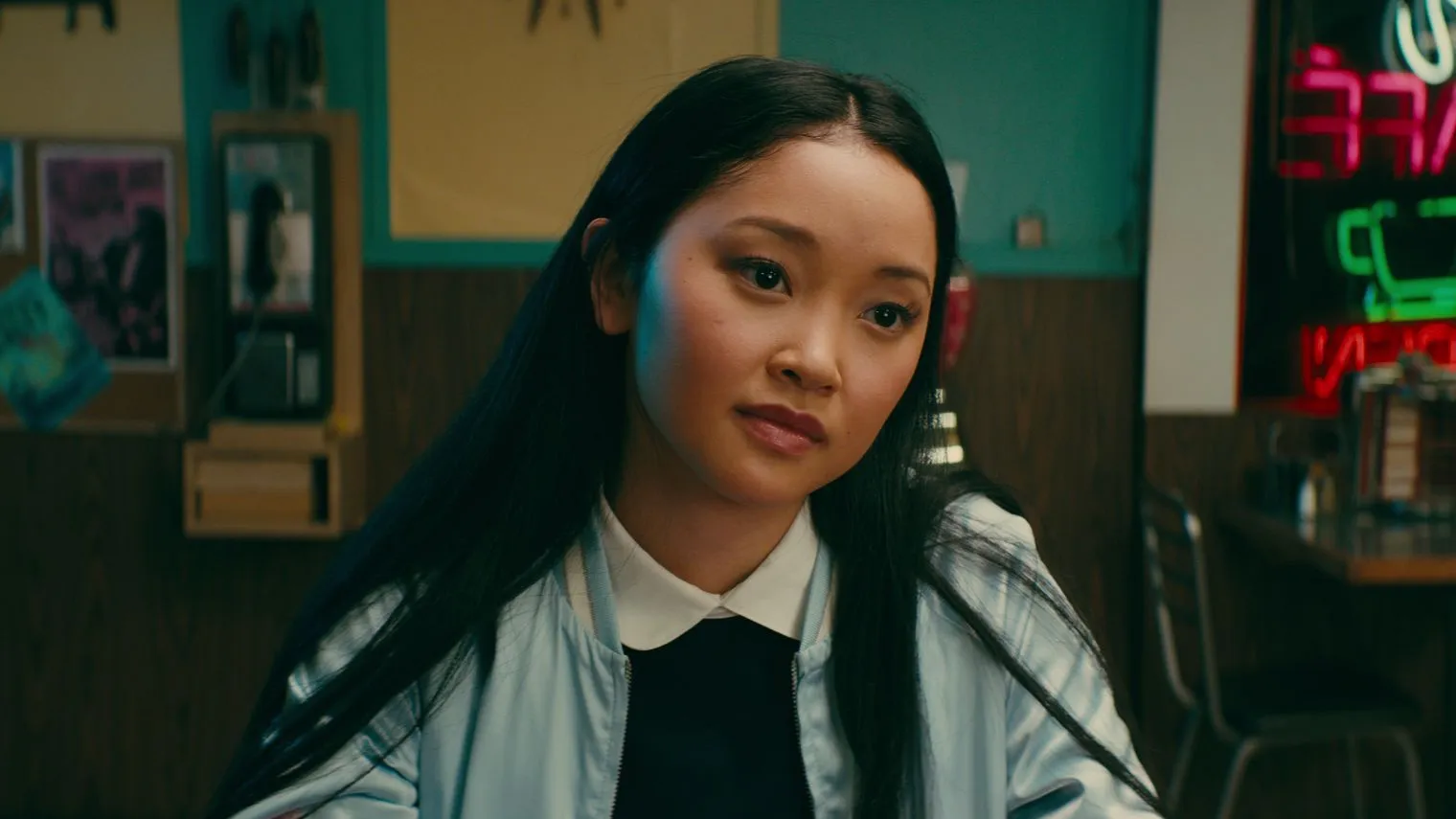
Characters
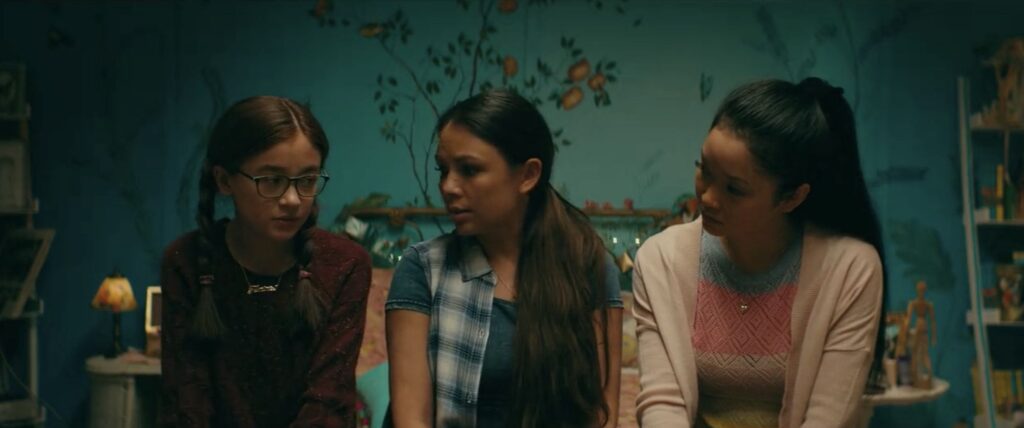
The casting for this movie is absolutely spot on. Everyone looks and feels like they embody their characters. Lana Condor is a joy on screen and she reflects Lara Jean so well. I’m so glad Jenny Han fought to make sure the Covey family wasn’t whitewashed. Their Korean heritage is a vital part of their storylines and shapes who Lara Jean is. So even though all three actresses aren’t Korean, they are all visibly Asian, which keeps that part of the story alive.
Lara Jean
Lara Jean is the character who feels most true to her book counterpart. She’s shy, sweet, and quirky, just like in the book. There are small differences in her hobbies and interests, but the essence of who she is shines through in the movie just as it does on the page. I will say I was a bit disappointed that, despite casting Asian actresses, the sisters’ Korean heritage isn’t explored much beyond a few references to their mother. This aspect is such a big part of Lara Jean’s identity in the book. Thankfully, in the second and third movies, their heritage becomes more of a focal point. Lana Condor does a magnificent job.
Peter
Noah Centineo completely redefines Peter Kavinsky. In the movie, Peter is more of a sweetheart – charming, genuine, and truly invested in Lara Jean’s life. Book Peter, on the other hand, is more arrogant and does some questionable things, which made him harder to root for at times. However, he’s also more nuanced in the book; we get a deeper look at his family life and what makes him tick. Movie Peter is the quintessential teen heartthrob, and honestly, it works perfectly for the rom-com vibe.
Kitty, Margot, Josh & Chris
In the book, Kitty is younger and a bit bratty, while the movie version is aged up to 12 and made more quirky and lovable. Her reason for mailing the letters is also very different, in the book, it’s petty revenge; in the movie, it’s a well-meaning sister move to help Lara Jean get a boyfriend.
The movie slightly downplays Lara Jean’s relationships with Margot and Josh – and in Josh’s case, almost erases it altogether. He’s mostly just Margot’s ex-boyfriend in the film, not one of Lara Jean’s closest friends like in the book. Movie Margot is softer and more supportive compared to her more critical book version, which I actually liked. Chris, meanwhile, is portrayed as much flakier in the book and less of a support for Lara Jean. In the movie, she’s Lara Jean’s “ride or die” onscreen, whereas in the book that role is more solidly filled by Margot.
Plot Changes
The To All The Boys I’ve Loved Before movie is generally a faithful adaptation of the book, but it makes some key changes. The film focuses much more on Peter and Lara Jean’s relationship, making it the main storyline. We get a more traditional romantic arc, while the book explores a wider range of relationships and subplots. There’s a deeper dive in the book into Lara Jean’s connections with John Ambrose, her sisters, and even Genevieve and Chris (who is portrayed very differently in the movie and has a lighter role in the book).
The movie simplifies some plot points, ages up characters like Kitty, and changes the ending to create a more cinematic conclusion. While these changes don’t drastically alter the core story, they do shape the adaptation to fit the rom-com format.
One of the biggest differences is how the letters are sent out. In the book, Kitty mails them as revenge after Lara Jean teases her about her crush on Josh. In the movie, Kitty (who is slightly older) sends the letters to help Lara Jean get a boyfriend. In the book, the letters’ disappearance is a bit of a mystery, while in the movie we see exactly how it happens.
Peter’s motivations for the fake relationship are also different. In the book, he wants to make Gen jealous and get her used to him dating someone else so he can move on. In the movie, he’s more focused on actually winning Gen back, which is important because when Peter and Lara Jean “break up” on screen, she believes it’s because he and Gen have reconciled.
I also appreciated that the end of the movie is technically the beginning of book two. Book one ends with Lara Jean writing a letter to Peter, just like in the movie, but they don’t officially get together until the start of book two. For a rom-com, this was a smart change, it just has to end with a sweet reconciliation!
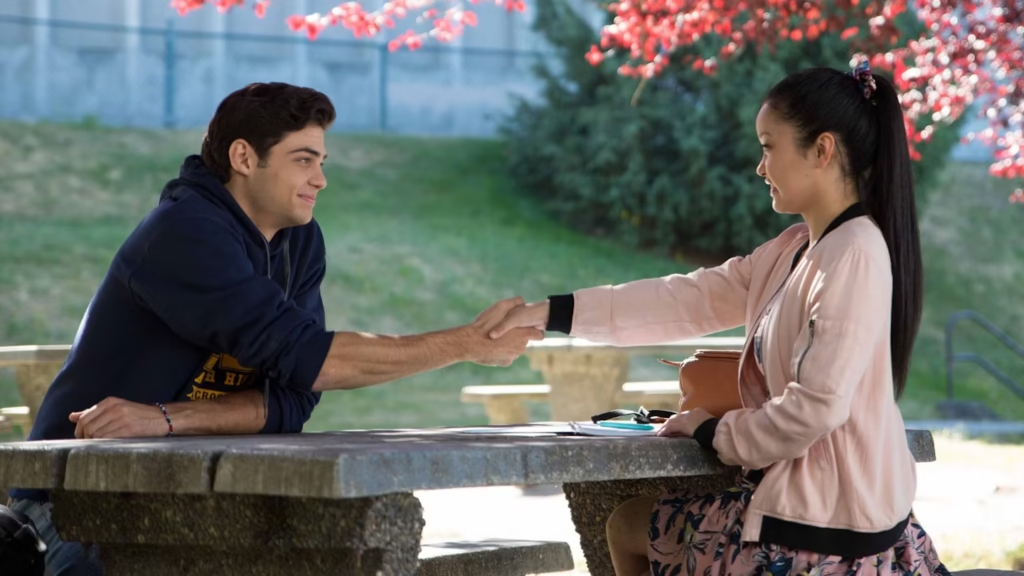
Themes & Vibes
I think choosing to lean more into the rom-com route for the movie was a risky but worthwhile choice. The book is messier and more dramatic, with a stronger focus on Lara Jean’s relationships with her sisters and friends, as well as her own identity. She has many internal struggles, and the book really dives into those complexities. While it’s still a sweet, funny read, it’s much heavier than the movie.
The film is a more polished and romanticised version of the story, prioritising Peter and Lara Jean’s relationship. It’s generally seen as a more light-hearted, dreamy take, a true teen rom-com. In essence, the movie delivers a cosy, optimistic vibe, while the book offers a more layered, sometimes chaotic look at love, family, and growing up.
Both versions are fun and engaging but cater to different tastes.
If you were mine, I would never have broken up with you, not in a million years.
Final Thoughts
Overall, I enjoyed the movies more than the books. The trilogy does start to lose its charm by the final film (which is my least favourite), but they’re still very faithful adaptations that build on an already well-written story. While the book is deeper and more nuanced, the movies are lighter and cosier, and for this story, I think that was the right choice.
I love a good rom com and it felt good to go back to a book I had read years ago and a movie I thoroughly enjoyed watching. Netflix has had many an adaptation in recent years, especially those from Wattpad stories which have all been rather questionable in quality but I think they did great with To All the Boys I’ve loved Before and there is a reason it has such a high rating on Rotten Tomatoes.
What do you think? Did the movie hit the mark, and would you even consider it better than the book like I do?
I’m excited to hear your thoughts, and I hope you enjoyed reading this month’s instalment of the Book vs Screen series!
Do stick around and explore some of my other posts!
Signed,



